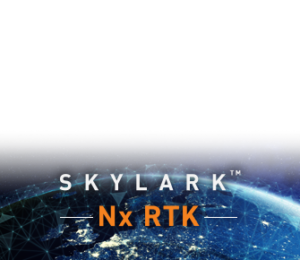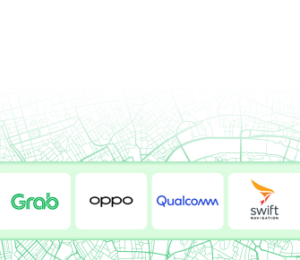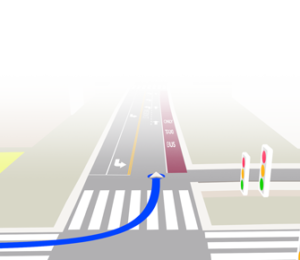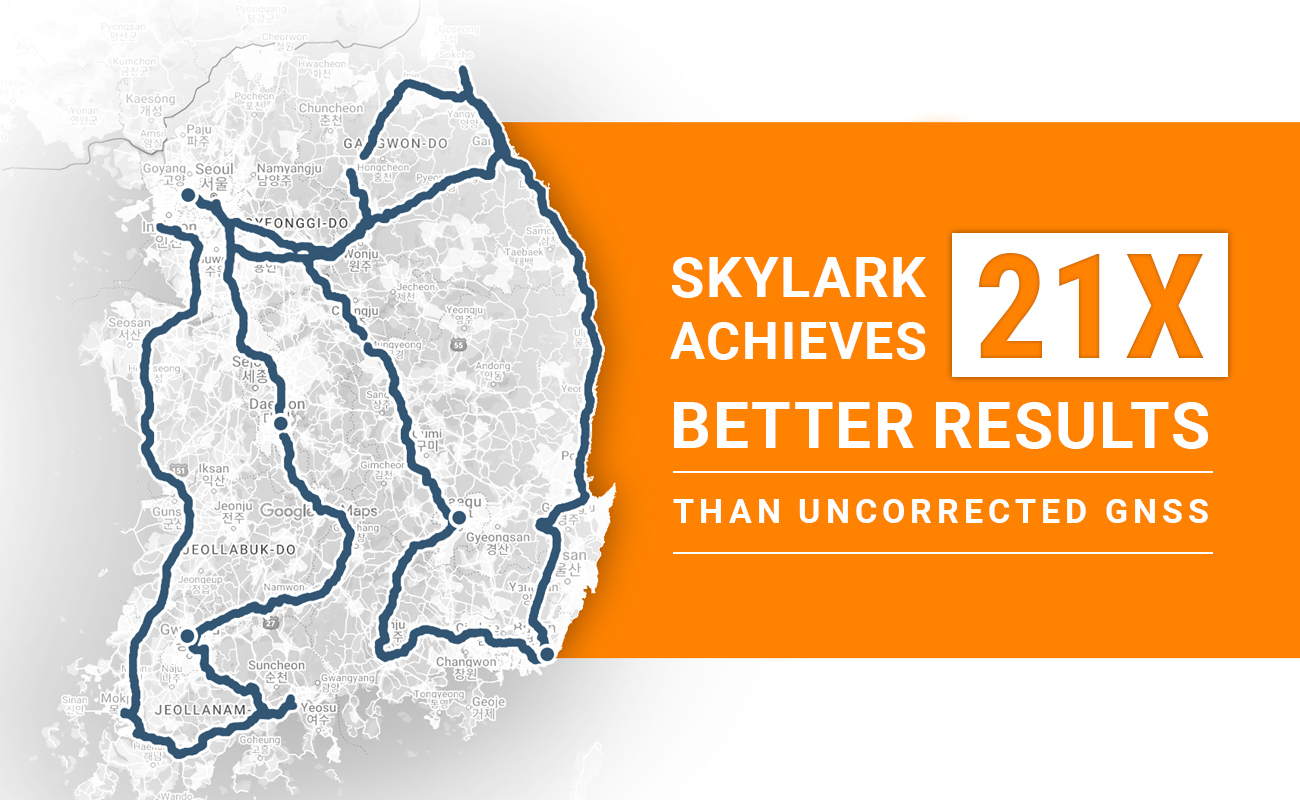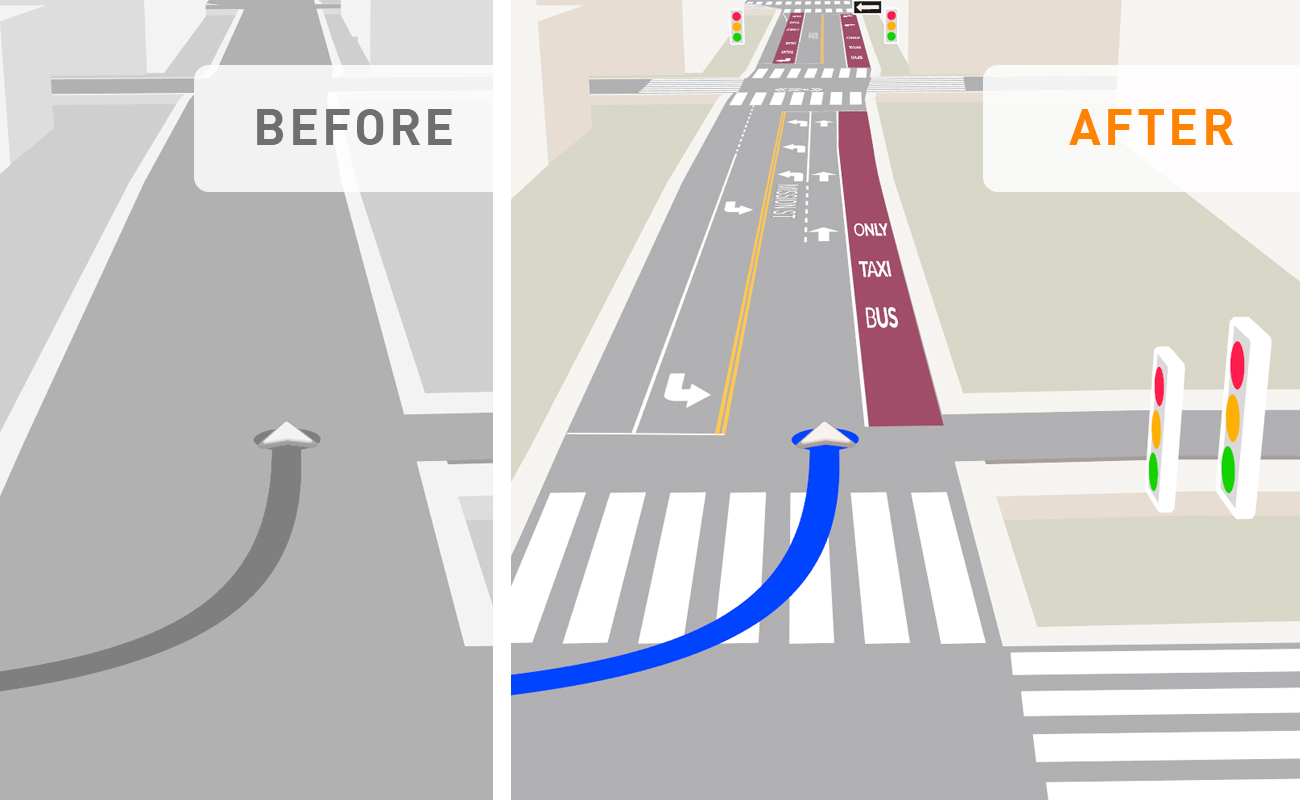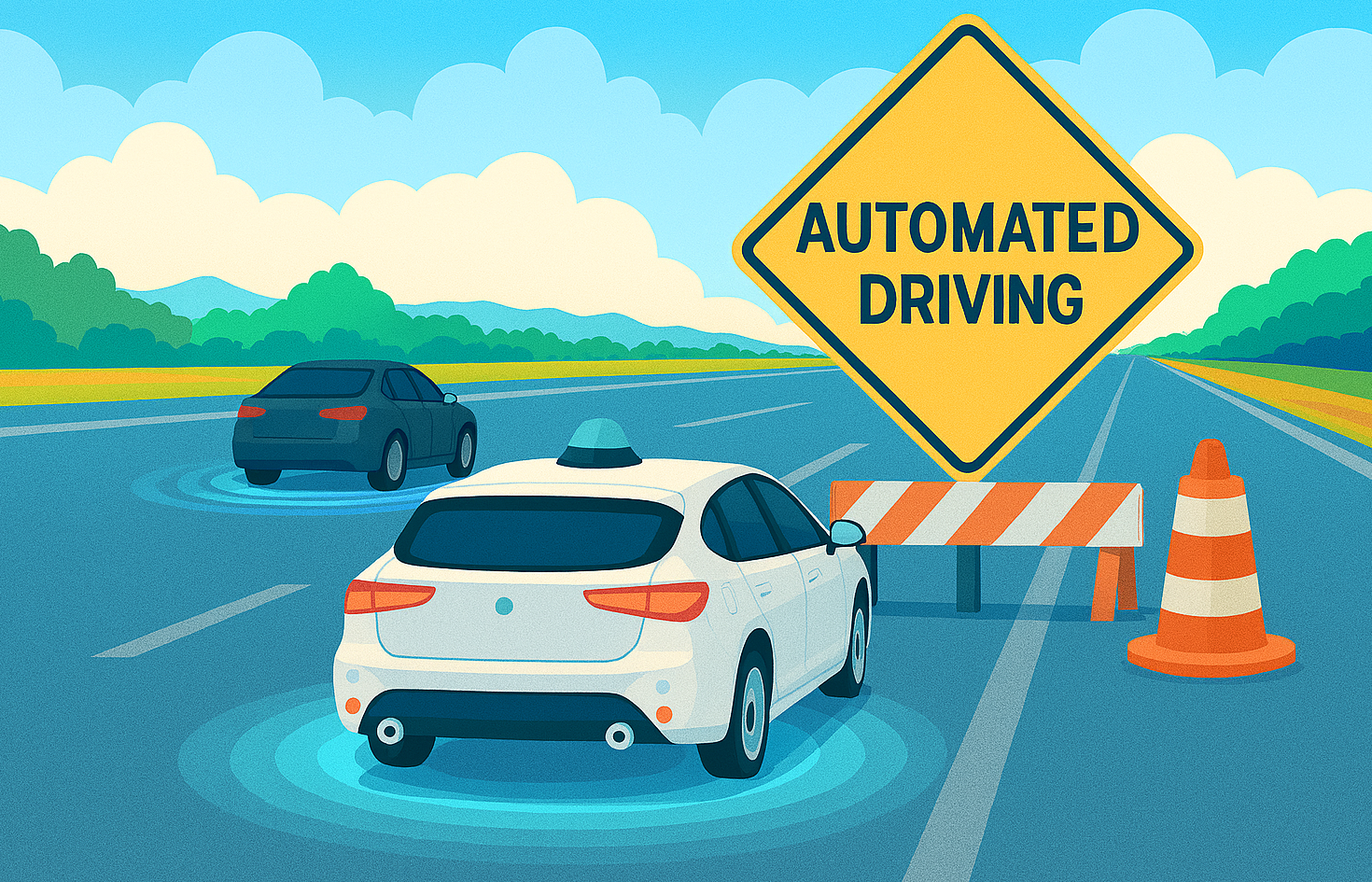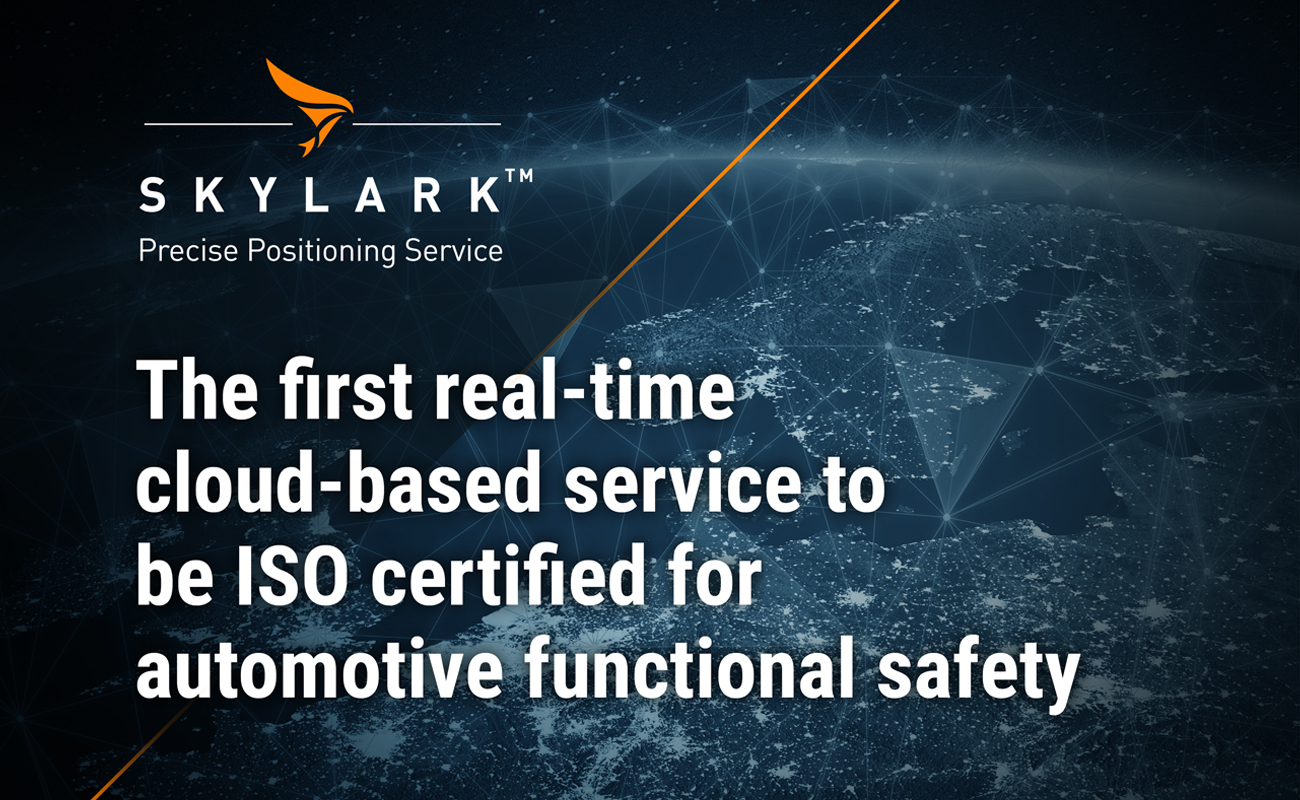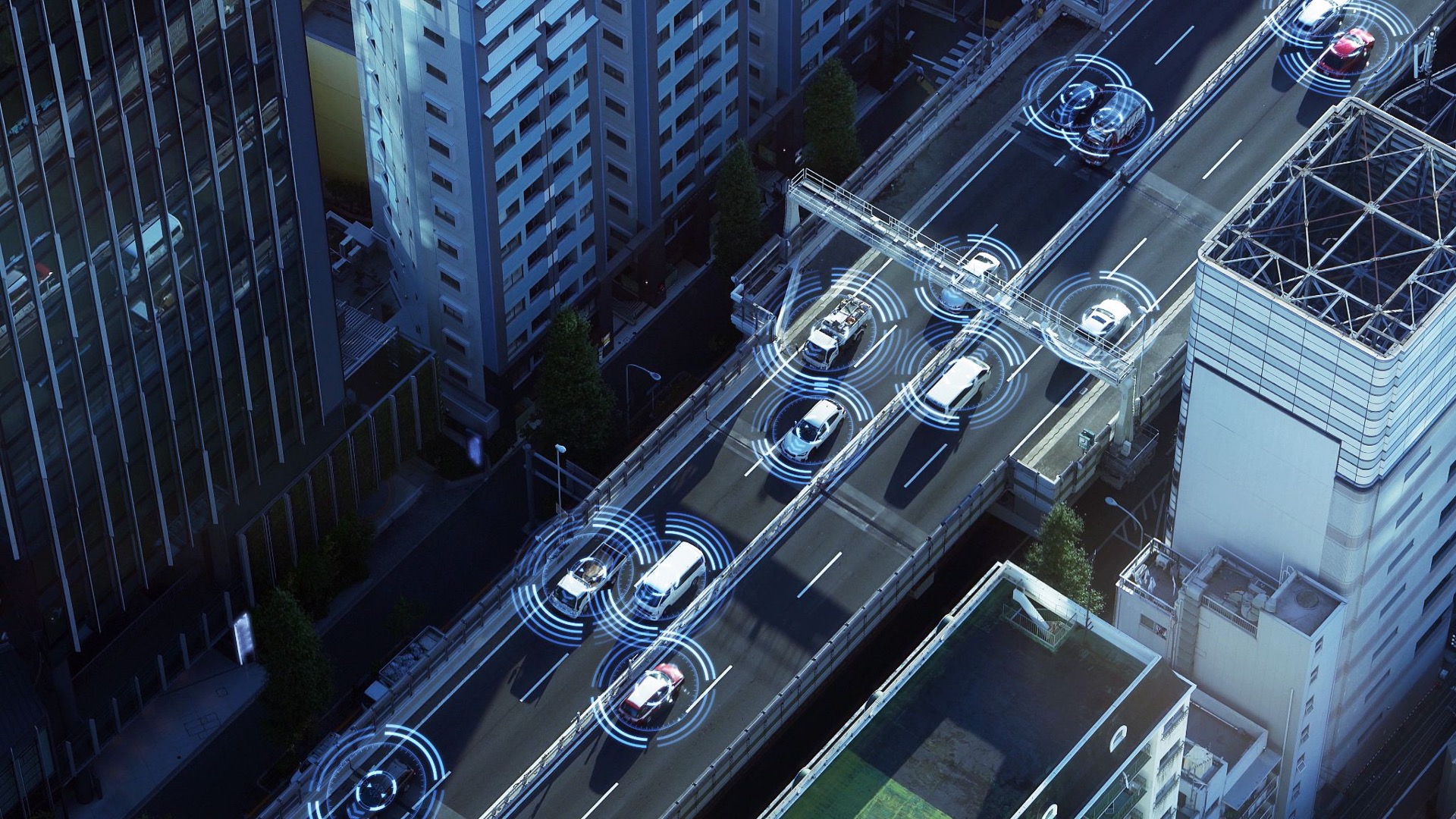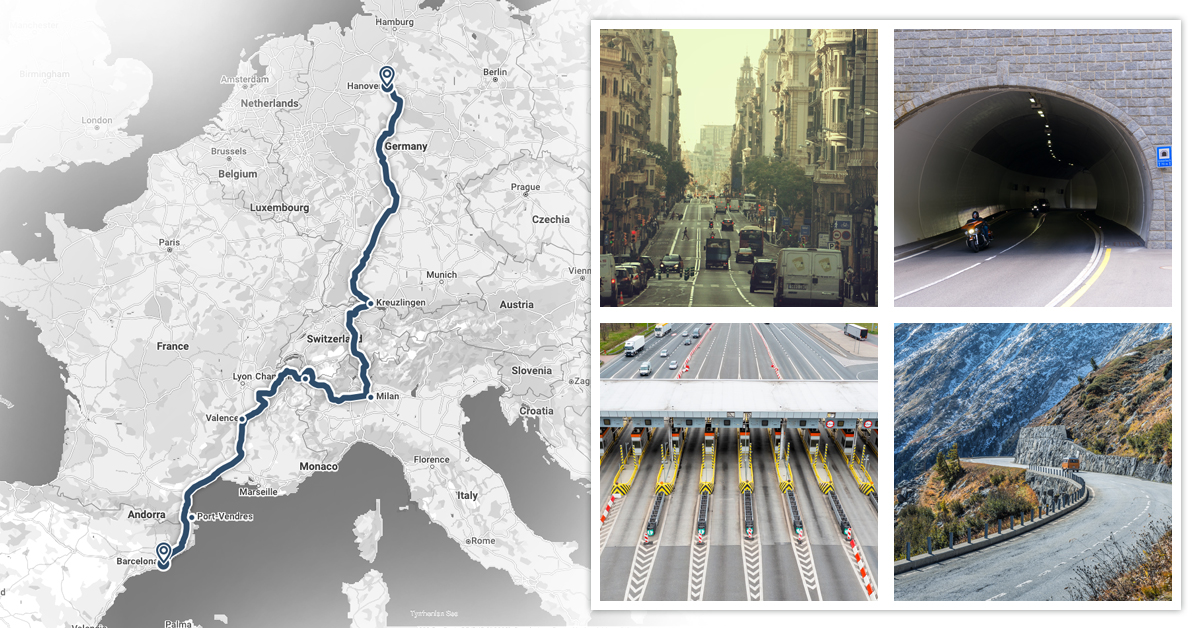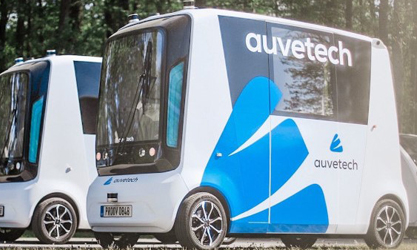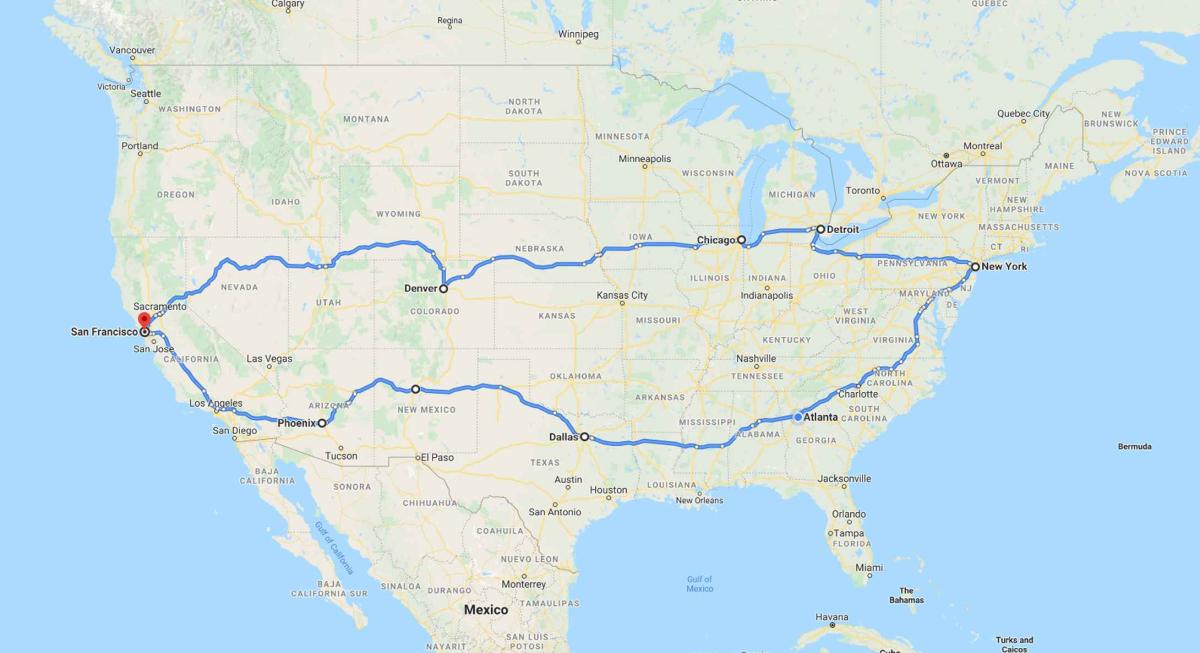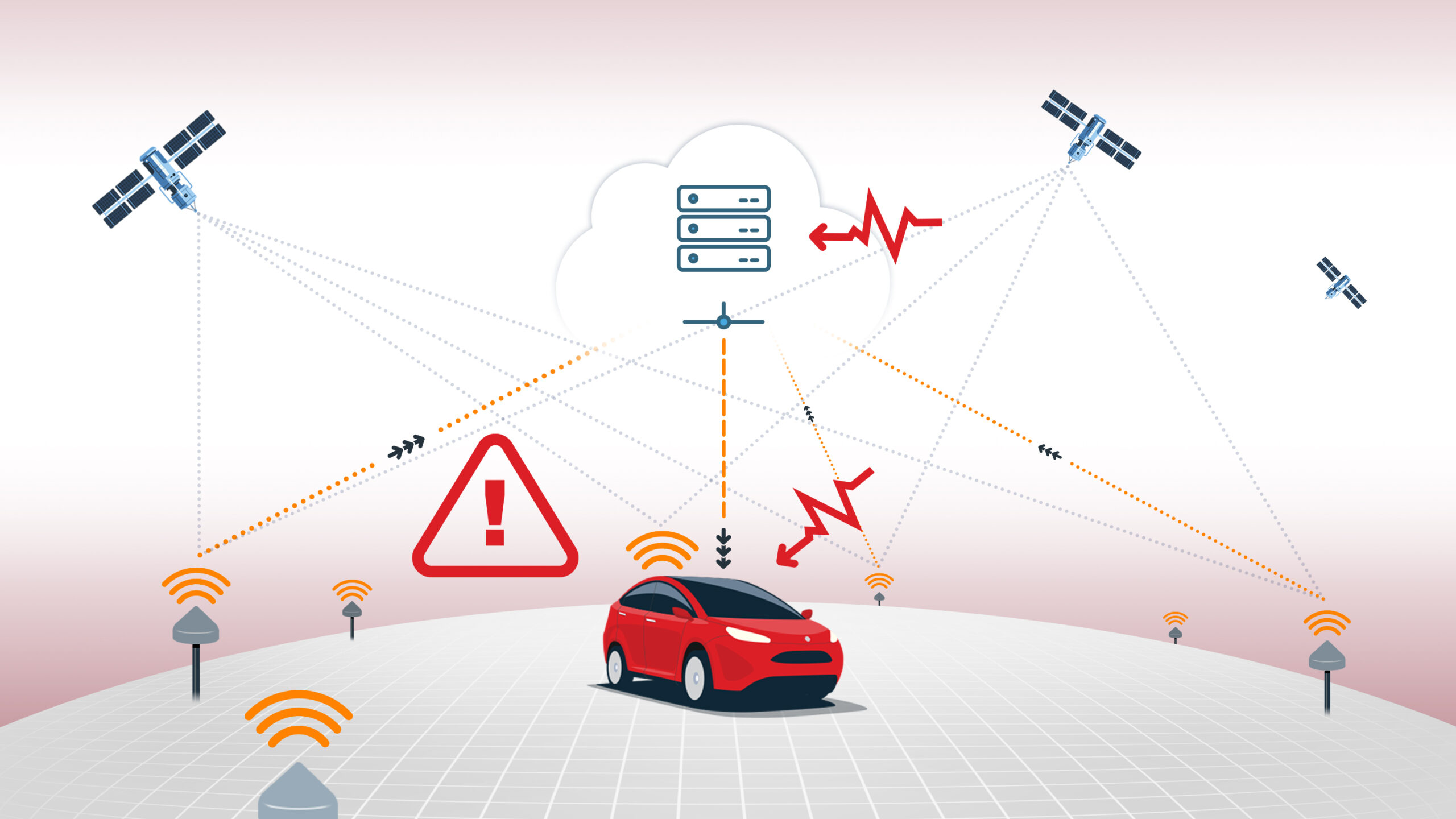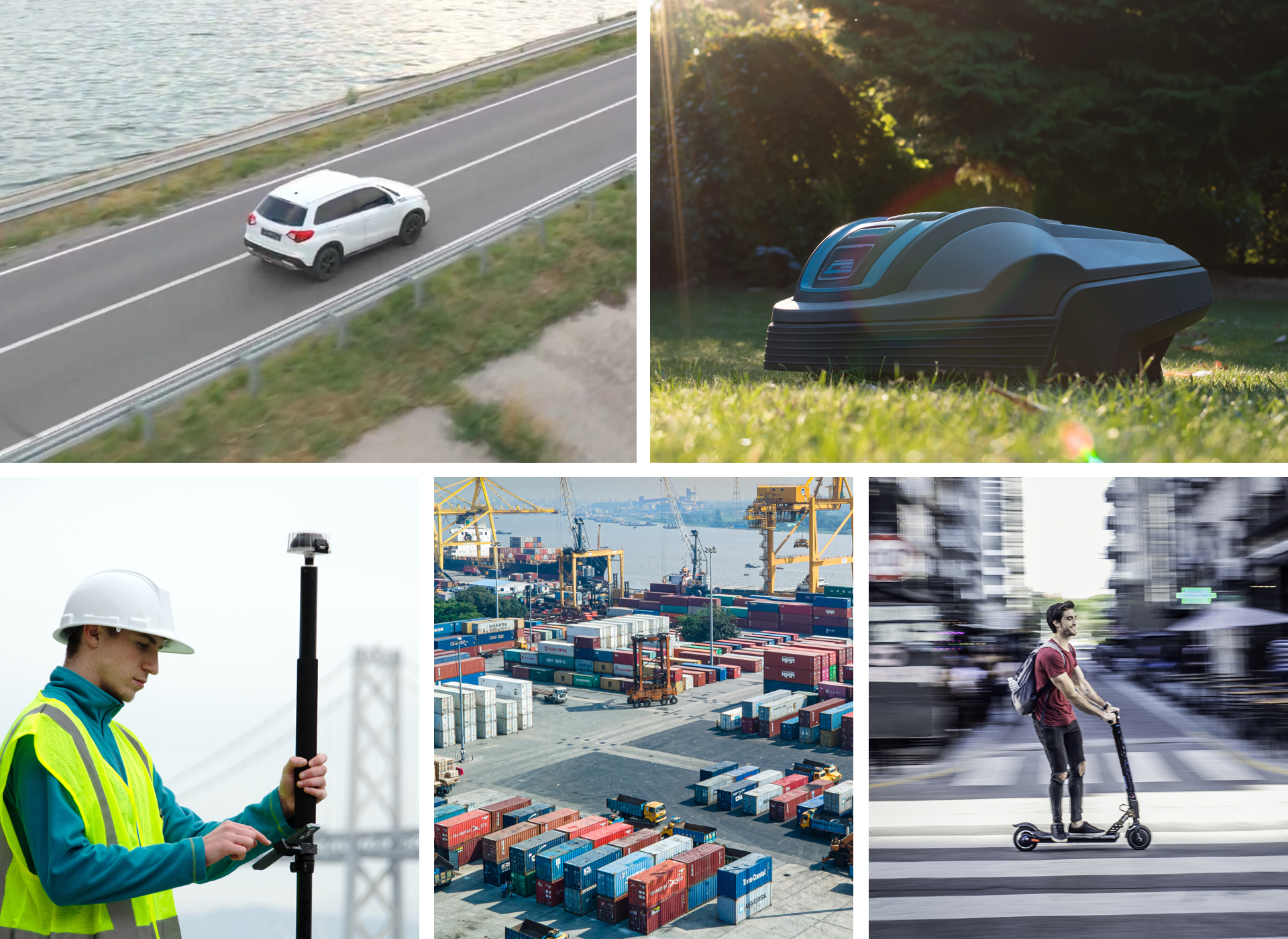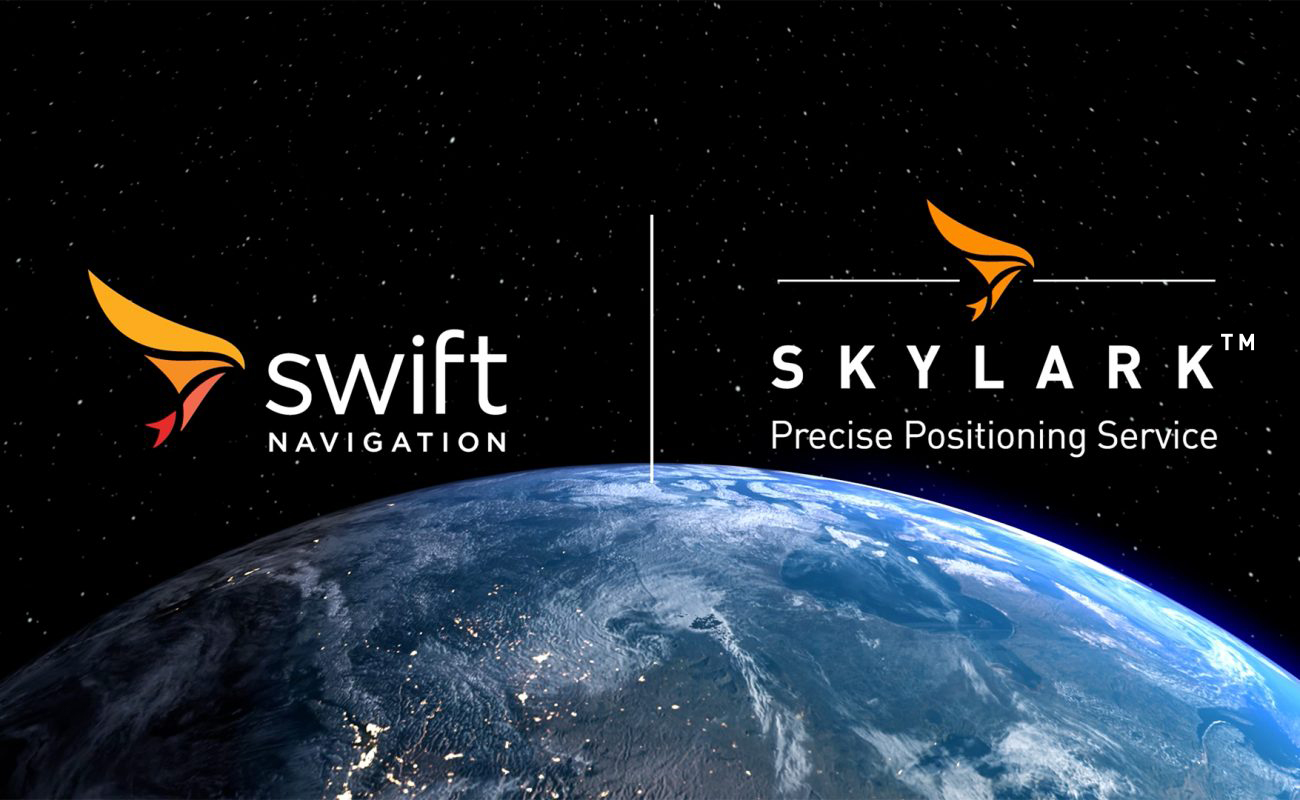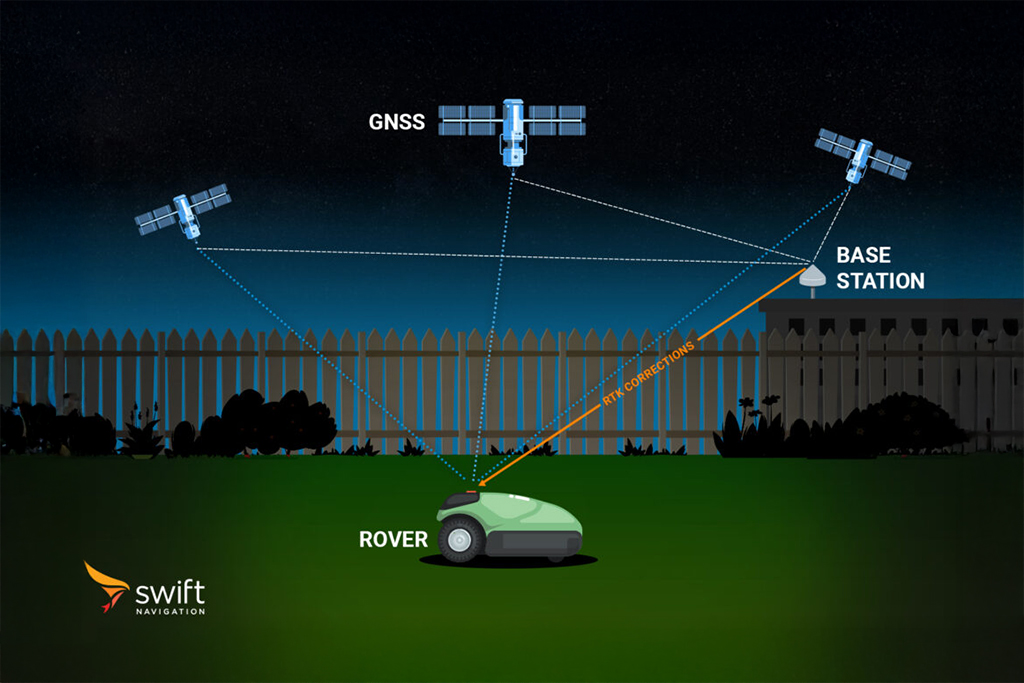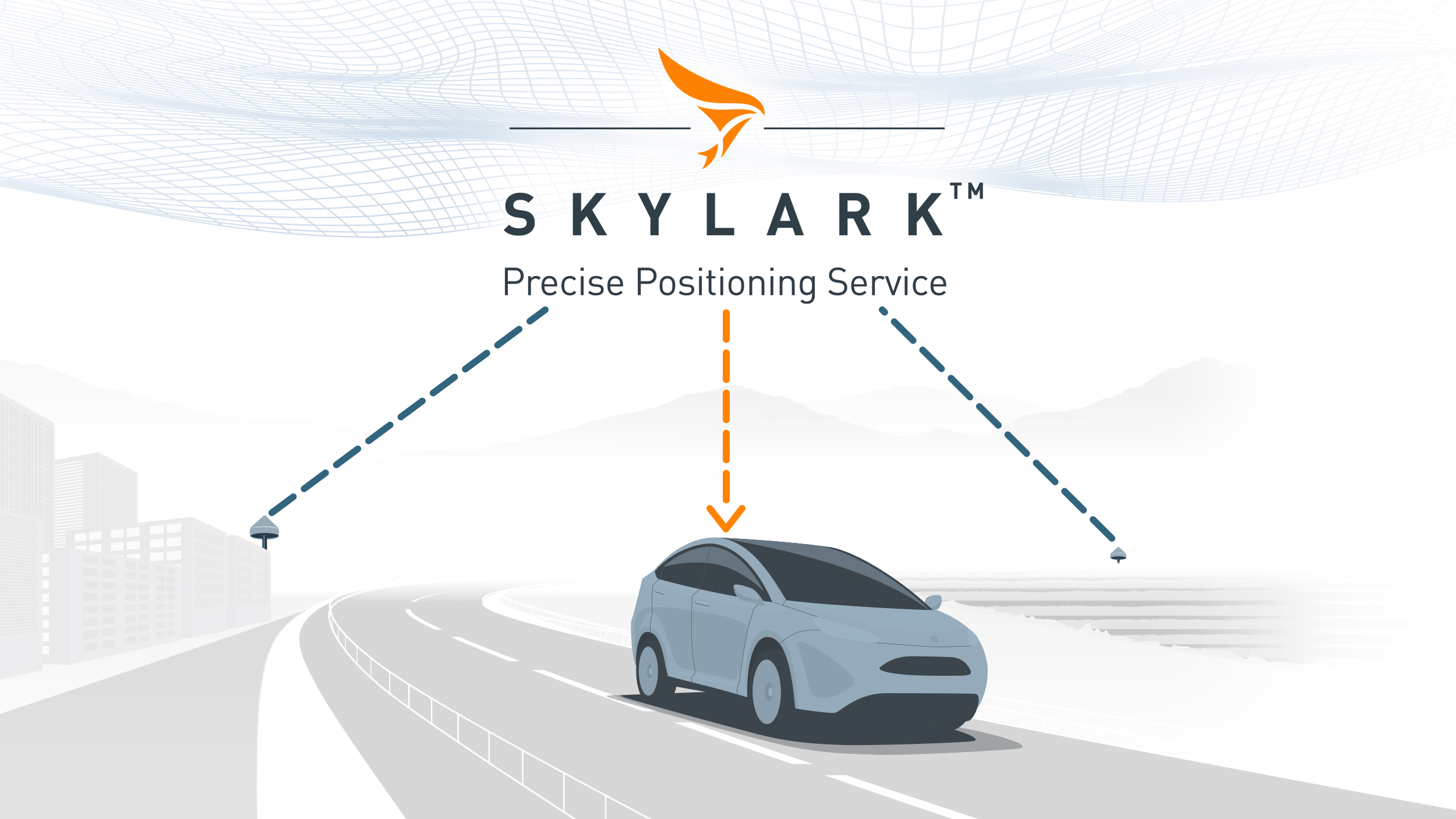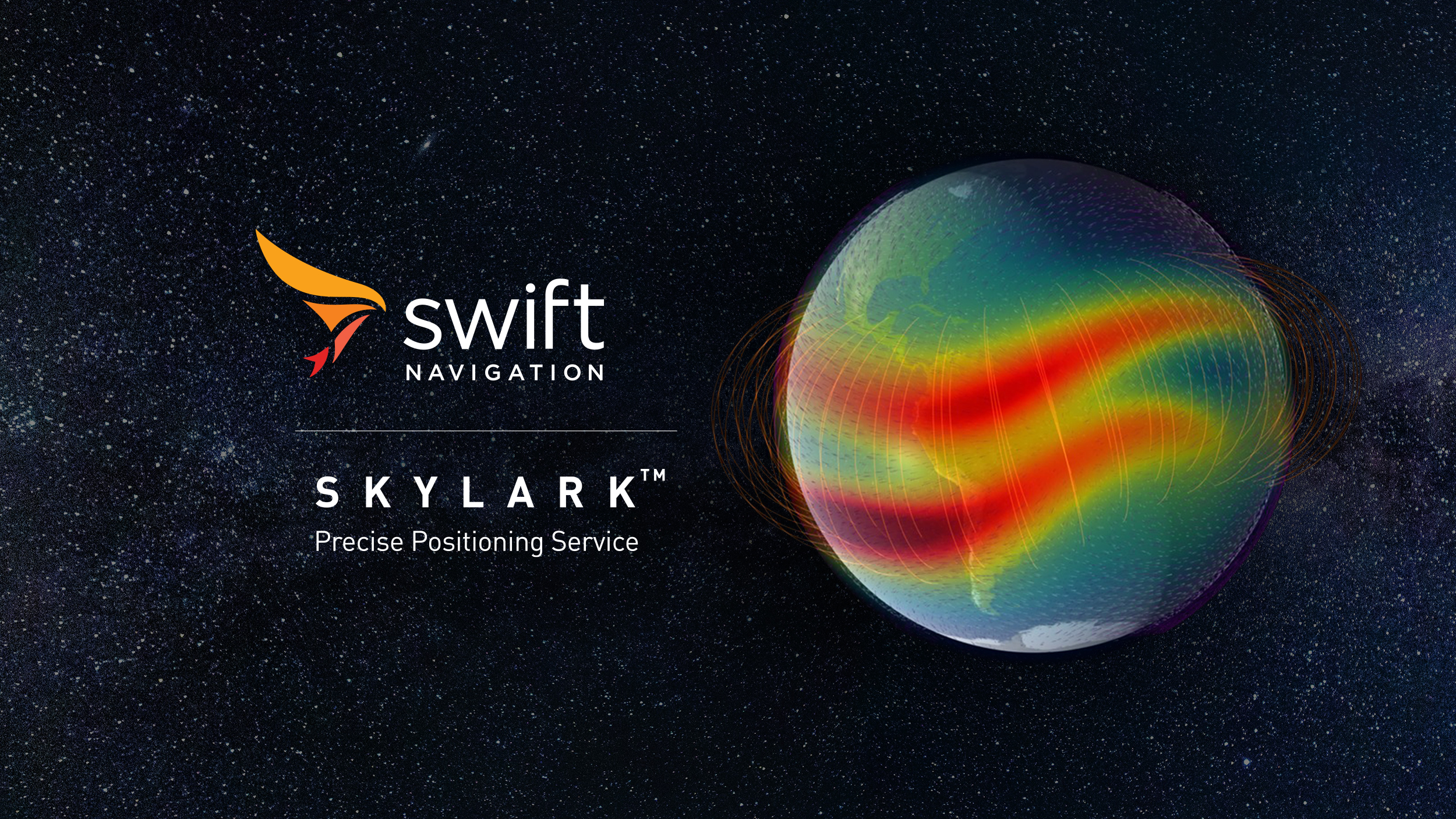What is V2X (Vehicle-to-Everything)?
V2X (Vehicle-to-Everything) is a communication framework that enables vehicles to exchange information with various entities in their environment, including other vehicles (V2V—Vehicle-to-Vehicle), traffic infrastructure (V2I—Vehicle-to-Infrastructure), pedestrians (V2P—Vehicle-to-Pedestrian), and networks (V2N—Vehicle-to-Network). The core purpose of V2X is to enhance road safety, improve traffic efficiency, and support advanced driver assistance systems (ADAS) as well as autonomous driving technologies.
V2X systems combine inputs from vehicle sensors, cameras, and internal systems to broadcast and receive standardized messages containing data such as vehicle position, speed, direction, hazards, and road or traffic conditions. Through real-time information exchange, vehicles can anticipate and react to potential dangers—for example, sudden braking by another vehicle ahead, the presence of vulnerable road users, or changes in traffic signals.
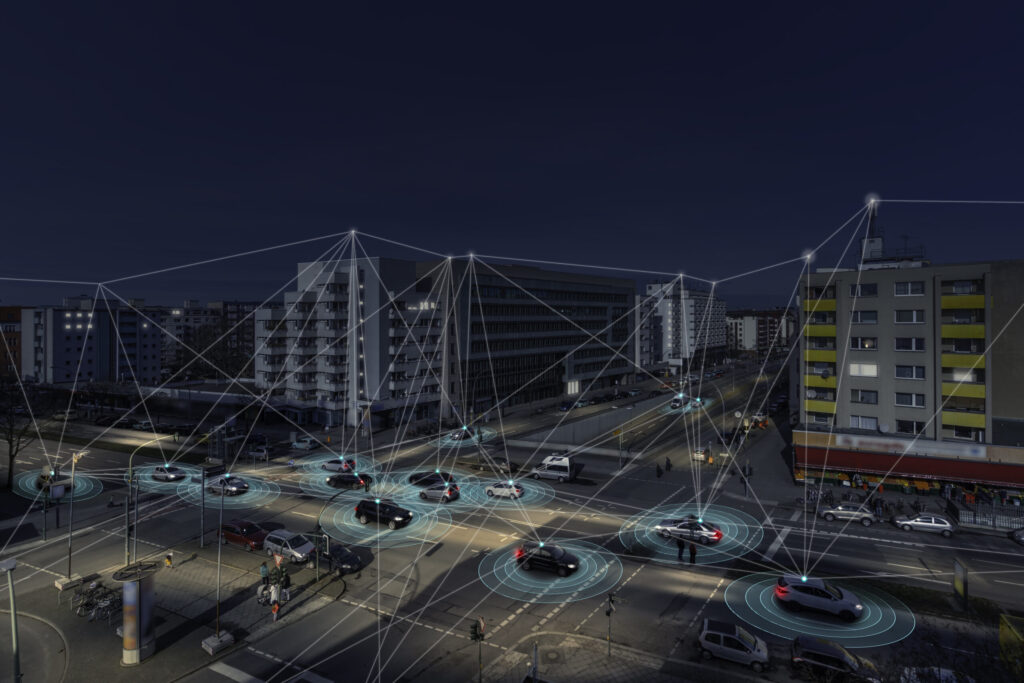
V2X technology supports a wide range of applications, such as:
- Collision avoidance
- Cooperative adaptive cruise control
- Emergency vehicle warnings
- Intersection movement assistance
- Real-time traffic and road condition alerts
- Lane-level navigation
- Cooperative maneuvers and platooning
V2X relies on communication standards such as DSRC (Dedicated Short-Range Communications) and C-V2X (Cellular Vehicle-to-Everything), each enabling secure, low-latency message exchange tailored for the automotive environment. These technologies are actively being integrated into modern vehicle architectures and smart infrastructure deployments, serving as foundational building blocks for connected and autonomous mobility.
By enabling vehicles and infrastructure to “talk” to each other, V2X expands operational design domains and enhances situational awareness, supporting the development of safer, smarter, and more efficient roadways.
Related Content
Automotive

Devon Sharp

Marwan Ramadan

Joel Gibson

Marwan Ramadan

Anthony Cole

Anthony Cole

Marwan Ramadan

James Tidd
GNSS Basics

Devon Sharp

Marwan Ramadan

Marwan Ramadan

Devon Sharp

Devon Sharp

Marwan Ramadan

Devon Sharp

